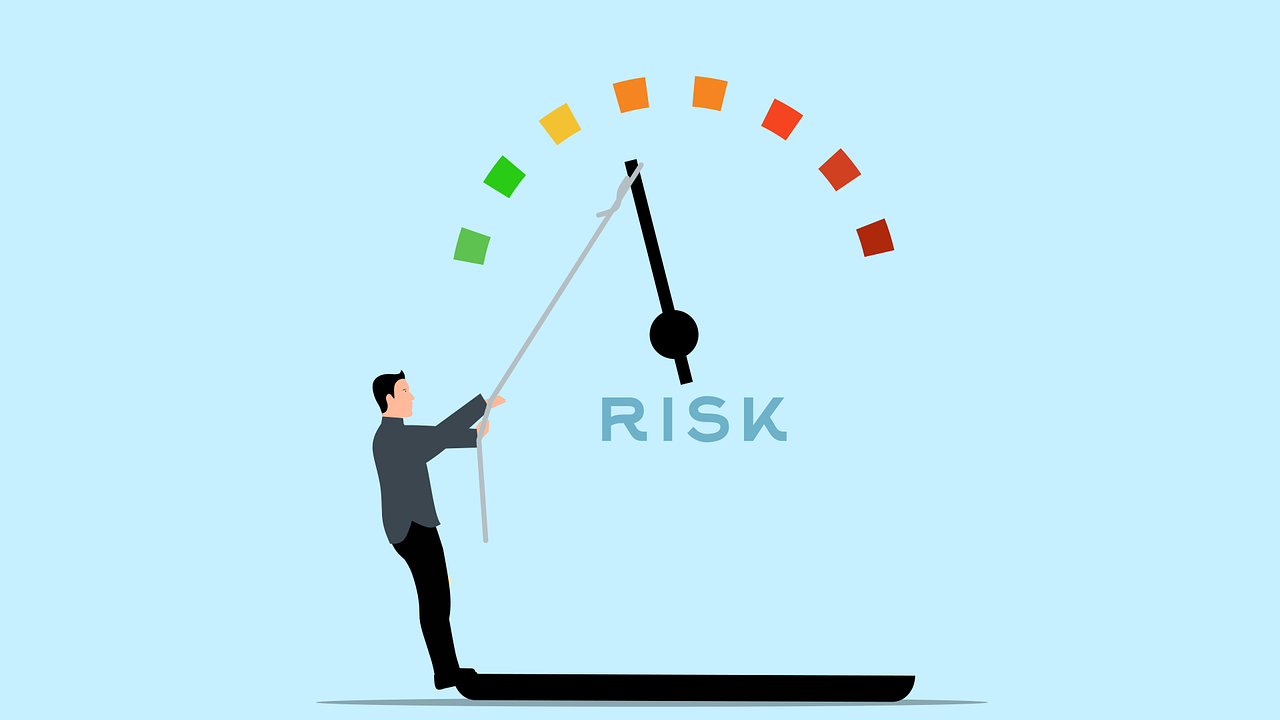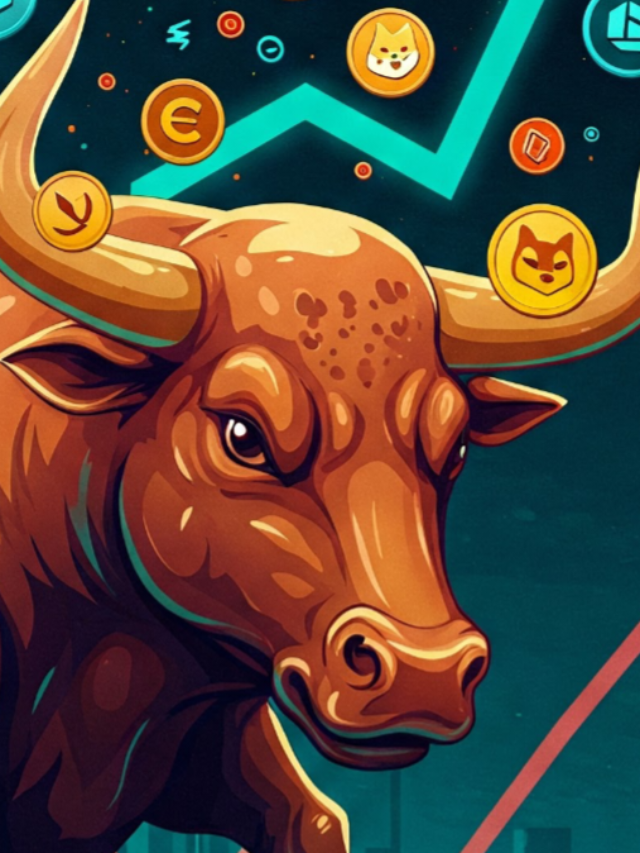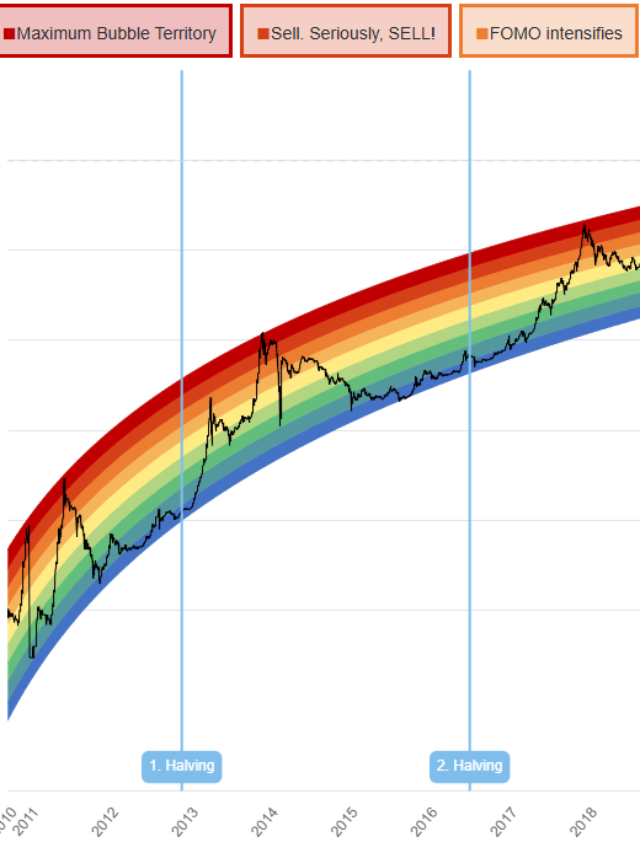A “Crypto Whale” is someone or something that owns a huge amount of cryptocurrency. They get called “whales” because their big investments can make big waves in the market, just like a whale makes waves in the ocean. With their vast resources, these whales can sway prices, affect how easily assets can be bought or sold, and change how people feel about a certain cryptocurrency. Traders and investors pay close attention to what they do, since even a tiny move by a whale can shake things up in the market.
The term “whale” also hints at their scarcity because only a few people in the market have enough assets to fit this description. These whales are often seen as key players in the crypto world, and their actions and plans can really influence market trends.
Understanding Crypto Whales
Crypto whales can be individuals, groups, or organizations. They often include early cryptocurrency adopters like those who invested in Bitcoin, big institutional players, crypto hedge funds, and even exchanges where trades happen. These whales play a big role in the market because their buying and selling can cause sudden price swings. For example, if a whale sells a large amount of cryptocurrency, it could spark fear in smaller investors and set off a chain reaction in the market.
Whales usually have a strong grasp of market trends and use various tools and strategies to boost their earnings. Their trades are well thought out, not random. They take into account market conditions, how much liquidity is available, and how other investors might react. This puts them in a better position compared to everyday investors.
When is the next crypto bull run
How Much Crypto Do You Need to Be a Whale?
The amount of cryptocurrency needed to be seen as a whale can change based on which cryptocurrency you’re looking at. For Bitcoin, if you own 1,000 BTC or more, you typically reach the whale level. When it comes to altcoins with smaller market caps, that number is often lower. What really matters is how much you hold compared to the total supply—if you have a bigger share, you’re closer to being a whale.
Take Ethereum, for instance. Holding tens of thousands of ETH might make someone a whale because the total supply is larger. In smaller cryptocurrencies, just a few million tokens could be enough to elevate someone to whale status. It’s not only about the numbers, but also about how much impact those holdings can have on the market. Being a whale often means having both financial power and a sense of responsibility, as these individuals or groups can influence the direction of the cryptocurrencies they are involved with.
How to Know Which Investors Are Whales
To spot crypto whales, you need to keep an eye on wallets that hold a lot of coins. Since all blockchain transactions are visible to the public, anyone can check how much is in a wallet. Tools like Whale Alert and Etherscan help track big transactions and link them to wallets of major holders. However, figuring out exactly who these investors are can be tough unless their wallet address is connected to a person or organization. Many times, exchanges and analytics companies share information about whale activities by looking at their transaction behavior.
For example, if a wallet regularly gets large deposits from exchanges or makes big transactions, it might belong to a whale. Some advanced analytics platforms use technology to find patterns that could mean a whale is active. By understanding these movements, smaller investors might gain an advantage, as the actions of whales can often hint at future market trends.

How Do Crypto Whales Develop Large Investment Returns?
Crypto whales often use their large capital and strategic timing to maximize returns. They might:
- Early Investment: Many whales invested in cryptocurrencies during their early stages when prices were significantly lower. For example, Bitcoin whales who purchased BTC in its infancy have seen exponential returns on their investment.
- Market Manipulation: By strategically buying or selling large amounts, whales can create price swings that benefit their positions. For instance, a whale might sell a significant amount to lower the price and buy back at a discount.
- Staking and Lending: Whales often utilize staking and lending platforms to earn passive income on their holdings. These platforms offer rewards in the form of additional tokens, compounding the whales’ wealth.
- Leveraged Trading: With access to substantial capital, whales can engage in margin or futures trading to amplify their gains. This allows them to take advantage of market volatility without liquidating their main holdings.
- Private Deals: Whales often have access to exclusive investment opportunities, such as private sales or pre-ICO deals, that aren’t available to retail investors. These deals often come with significant discounts or bonuses, further enhancing their returns.
- Diversification: Unlike smaller investors, whales often diversify their portfolios across multiple cryptocurrencies, reducing risk and capitalizing on the growth of various projects.
Effect on Liquidity
Liquidity refers to how easily an asset can be bought or sold without affecting its price. Crypto whales can significantly impact liquidity:
- Positive Impact: Whales provide liquidity by maintaining large holdings and engaging in frequent trading. Their presence ensures there are sufficient assets available for buying or selling.
- Negative Impact: When whales execute large sell orders, it can drain liquidity from the market, making it harder for other traders to buy or sell without significant price changes. This is particularly impactful in markets with low trading volumes, where whale activity can cause dramatic shifts.
In illiquid markets, whale movements can create extreme price volatility, making it challenging for retail investors to navigate. Understanding liquidity dynamics is essential for predicting how a whale’s actions might affect the broader market.
Effect on Price
Whales can cause dramatic price fluctuations due to their large transactions:
- Price Spikes: When a whale buys a substantial amount of a cryptocurrency, it can cause a sudden surge in price. This is because their demand can outweigh the current supply, pushing prices upward.
- Price Drops: Conversely, selling large quantities can flood the market, driving prices down. These sudden drops often trigger panic selling among smaller investors, exacerbating the price decline.
- Market Sentiment: Whale activities often influence market sentiment. For example, if a whale sells a large amount, it may signal a bearish outlook to other investors. Conversely, significant purchases might signal confidence in the asset, encouraging others to buy.
- Order Book Manipulation: Whales sometimes place large buy or sell orders in the order book to influence market perception. This practice, known as spoofing, can create false signals for other traders.
Effect on Governance
In blockchain networks with governance mechanisms, whales can exert significant influence. For example, in proof-of-stake (PoS) or delegated proof-of-stake (DPoS) networks, the voting power often depends on the number of tokens held. This means whales can:
- Influence protocol updates by voting in favor of changes that align with their interests.
- Push for changes that benefit their long-term goals, such as altering staking rewards or transaction fees.
- Undermine decentralization by concentrating decision-making power. This can create a scenario where a few entities dominate the network, potentially sidelining smaller stakeholders.
Whales’ influence on governance can be a double-edged sword. While their resources can drive the development of the network, their dominance may also lead to conflicts of interest and reduced inclusivity.
What Whales Mean to Investors
For retail investors, whales present both opportunities and risks:
- Opportunities:
- Following whale wallets can offer insights into market trends. By analyzing whale activity, investors can make more informed decisions about their trades.
- Whales often stabilize markets by holding significant amounts, reducing volatility during turbulent periods.
- Risks:
- Price manipulation by whales can lead to losses for smaller investors. Whales can create pump-and-dump schemes, where they inflate prices before selling off.
- Sudden sell-offs by whales can cause panic and crashes, leading to significant losses for those unprepared for the volatility.
Understanding how whales operate allows retail investors to navigate the market more effectively, mitigating risks and capitalizing on opportunities.

FAQs
- How can I track whale activity? Platforms like Whale Alert, Glassnode, and CryptoQuant allow users to monitor large transactions and whale movements. These platforms provide real-time notifications about significant trades.
- Are all large holders whales? Not necessarily. Whales are specifically those whose holdings are substantial enough to influence the market. Large holders who do not actively trade or manipulate markets may not have the same impact.
- Do whales always manipulate the market? While not all whales manipulate markets, their transactions can unintentionally create market volatility. Many whales act as long-term investors who avoid frequent trades.
- Can whales impact all cryptocurrencies equally? No. Whales have a more pronounced impact on cryptocurrencies with smaller market caps and lower liquidity.
Final Thoughts
Crypto whales play a significant role in the cryptocurrency market. Their big investments and trades can influence market trends, liquidity, and overall feelings about the market. Even though they can bring some risks, keeping an eye on what they do can help investors navigate the ups and downs of crypto. By following whale activities, investors can get a better sense of market changes and make smart choices. Knowing how to track whale movements is important for anyone who wants to do well in cryptocurrency.







3 thoughts on “Crypto Whales Explained: The Billion-Dollar Players Behind the Scenes”